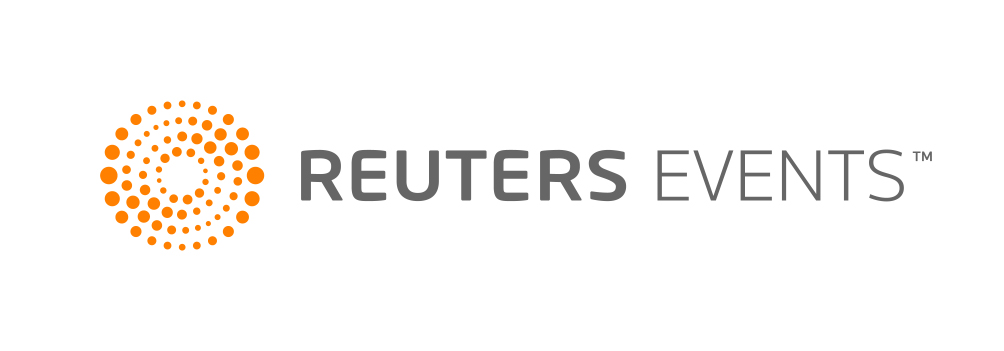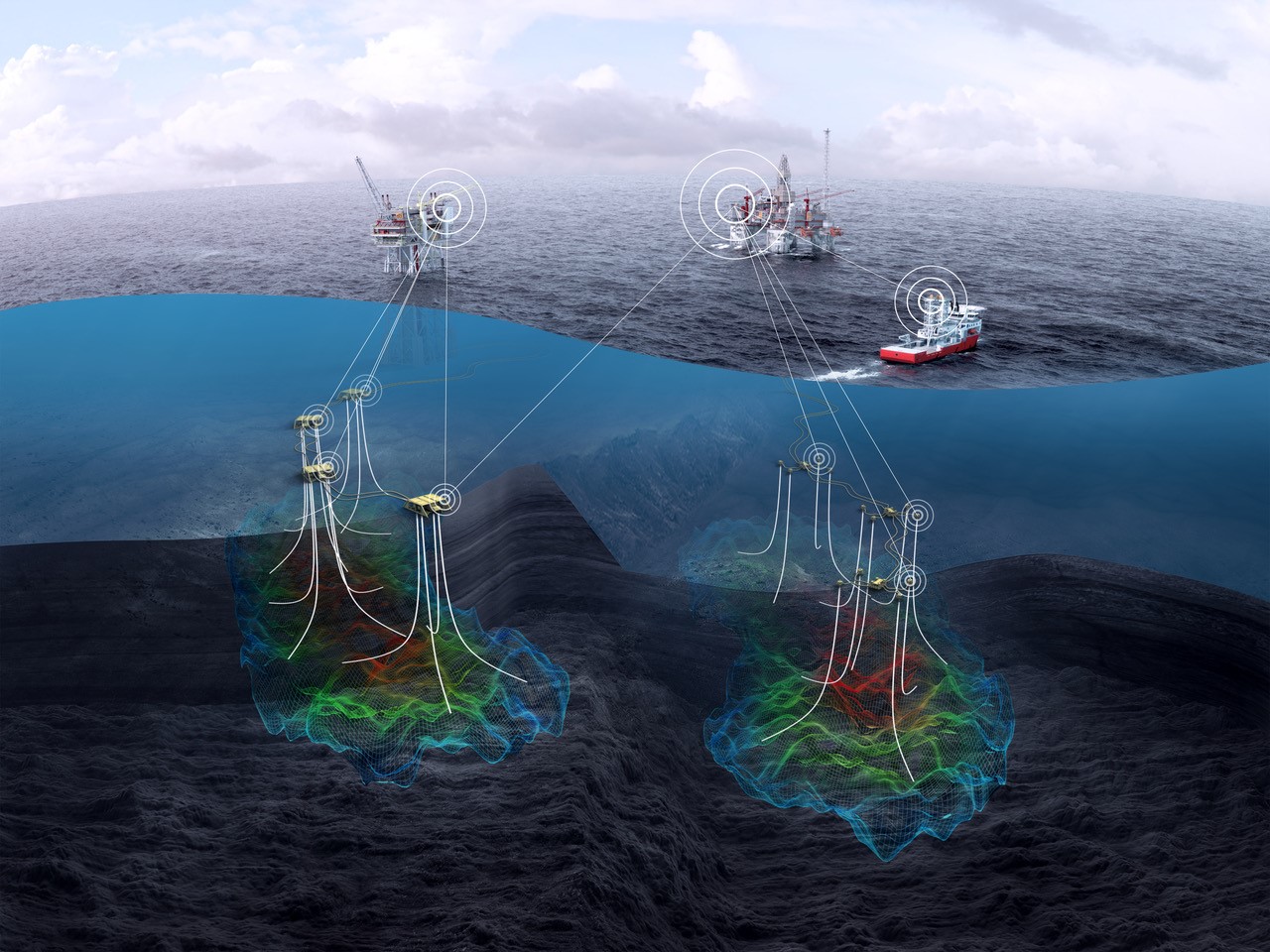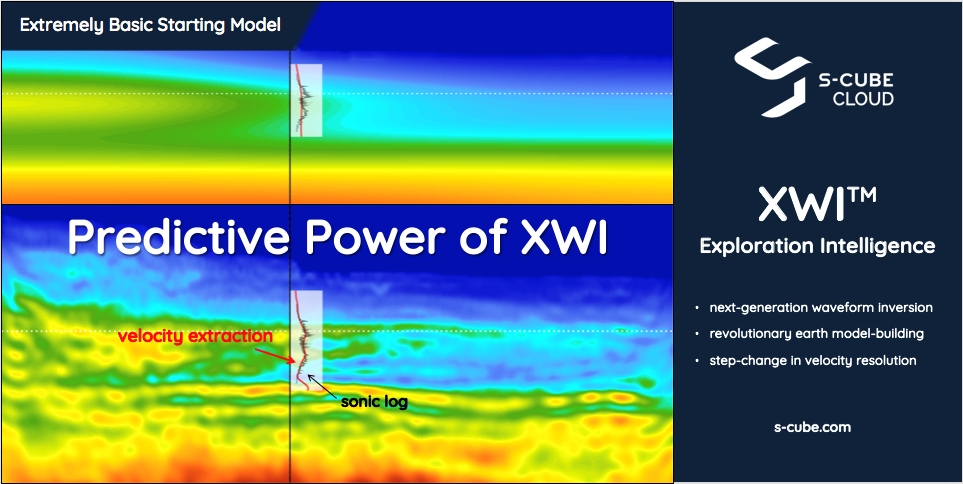
FutureOn-Bentley team-up boosts digitalization drive
November 20, 2020
Norwegian software company FutureOn announced in October it had secured in an investment from the Bentley Acceleration Fund and established a strategic partnership with US-based Bentley Systems.
The agreement is another significant pointer to the acceleration the digitalization of the oil and gas industry.
FutureOn and Nasdaq-traded Bentley Systems (NASDAQ: BSY) a US infrastructure engineering software company, will combine FutureOn’s field design application (FieldAP) and its API-centric collaboration platform (FieldTwin) with Bentley’s iTwin platform to provide customers a next-generation digital twin solution capable of driving design methodologies in upstreambproject development for the next decade.
The company sees it as a significant milestone which will greatly drive the growth of its business by extending its reach. FutureOn’s investment from the Bentley Acceleration Fund --the value of which is undisclosed --makes Bentley Systems a minority shareholder of the company.
FutureOn emerged from the 3D visualization agency Xvision with over 20 years of visual engineering experience specifically in the oil and gas subsea domain. Most recently, the company has launched the cloud-based data platform FieldTwin, which offers centralized API integrations to many of the leading engineering simulation and data analysis tools. When combined with FieldTwin, FieldAP enables cross-discipline remote collaboration for design and development of subsea digital twins.
The news of the team-up with Bentley Systems coincided with Bentley’s announcement that Shell’s Deepwater business had selected its digital twin approach to streamline its capital projects process and accelerate time to first oil. With a plan to deliver several subsea tie-back projects over the next 10 years, Shell Deepwater Projects described it as a significant opportunity to accelerate capital project delivery and cut project delivery time by implementing an integrated digital project & engineering environment.
FutureOn CEO Paal Roppen told Upstream Intelligence that his company has been on a rapid growth journey, striking agreements with the likes of Shell, BP and Equinor. The equity funding from Bentley will help it maintain that growth pace.
“When you sign contracts with these big enterprises, you need to scale up your business. Bentley saw that the combination of what they are offering and what we are offering as complementary and a very good fit,” he said.
Early Stages
FutureOn typically comes into the digital twin space in the capital projects phase. “We come in at the very early stages, when things are still being appraised and being conceptualized,” explained Darrell Knight, executive vice president of Global Accounts at FutureOn.
“We have an application called Field Activity Planner, which is a really powerful field design tool that allows you to layout a field in a true geospatial environment that helps cut out a lot of engineering workflows in that early phase. That's our sweet spot.”
In a typical subsea field, FutureOn’s software can bring in a comprehensive plan comprised of different metadata, elements, and put everything very quickly into a geospatially correct layout.
“With that basic field layout, changes can be made quickly. For instance, a new pipeline can be added that is by default the correctlength, which can then be assigned properties according to pre-definedmetadata values. That gives the business a complete data structure that will ultimately form the digital field model of the digital twin,” said Knight.
The subsea field needs to be represented in any offshore digital twin story, just as much as the topside assets do. “There’s a lot that goes on under the water that also needs to be taken into consideration, and we supportthat at the very early stages of the design phase. We are essentially at the forefront of every digital twin strategy for offshore development.”
“What’s unique about what we offer is the combination of 3D data visualization, presented within a geospatially correct layout which together provide a contextual capability that companies otherwise wouldn't get,” said Knight.

FutureOn's Field Layout
Source: FutureOn
Explained Roppen: “We bring all of these engineering applications into context. Right now they don’t operate in parallel. We're bringing them into our visualization dashboard and we contextualize the data and the application itself. We can combine the data generated by these third party back into our visual dashboard, and see them in context.”
Capex reduction
One of the big advantages for oil companies is that the deployment of FieldAP and its API-centric collaboration platform, FieldTwin, is that it will help them reduce capital expenditure, a critical requirement during the industry’s current low-price climate.
The capacity for smarter decision making and more knowledge sharing reduces capex requirement and has a direct impact on return on investment (RoI) though faster access to cash flow.
“An operator can accelerate the time to first oil by six months. That has an average standard net present value [NPV – a measure of the value of future cash flows generated by a project] gain of $50 million,” said Knight.
FutureOn’s field design applications enables companies to reach better decisions earlier in the project, so they can reallocate their budgets more efficiently. In an economic environment where oil companies no longer have the unlimited budgets they once enjoyed, FutureOn provides greater transparency in the planning phases to understand whether new field development is financially viable or not before any significant work proceeds.
What of the long-term? FutureOn is looking towards building out their digital twin platform to take into account operational data, thus completing the digitization journey by bringing that back into the planning and design phases.
The largest oil companies have now accumulated “digital debt”, that is, an enormous catalogue of disparate software that sits within silos or unused, and are now looking towards unifying and consolidating that estate with platforms that offer open integration rather than remain proprietary or standalone.
“The big operators are saying ‘we need to look at this holistically and see what’s working and figure what we want to be from a digital standpoint,” said Knight. “Then we can bring in the tools to allow them to get there faster.”
Reuters Events is part of Reuters News & Media Ltd, 5 Canada Square, Canary Wharf, London, E14 5AQ. Registered in England and Wales: 2505735.

